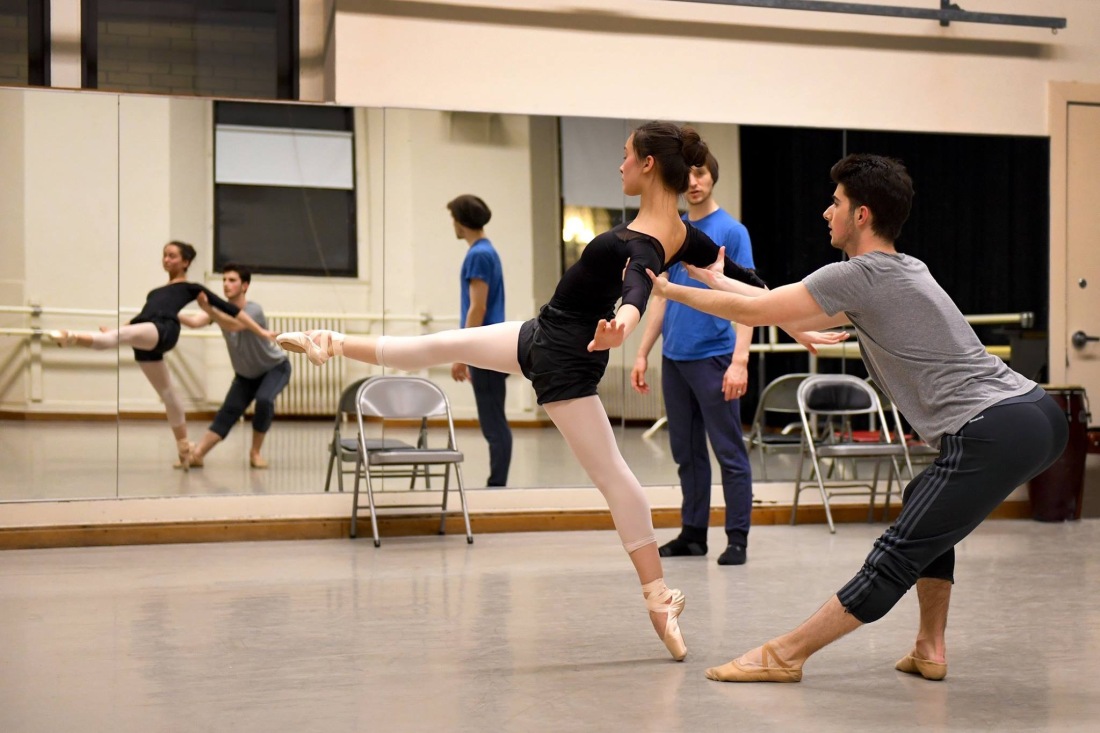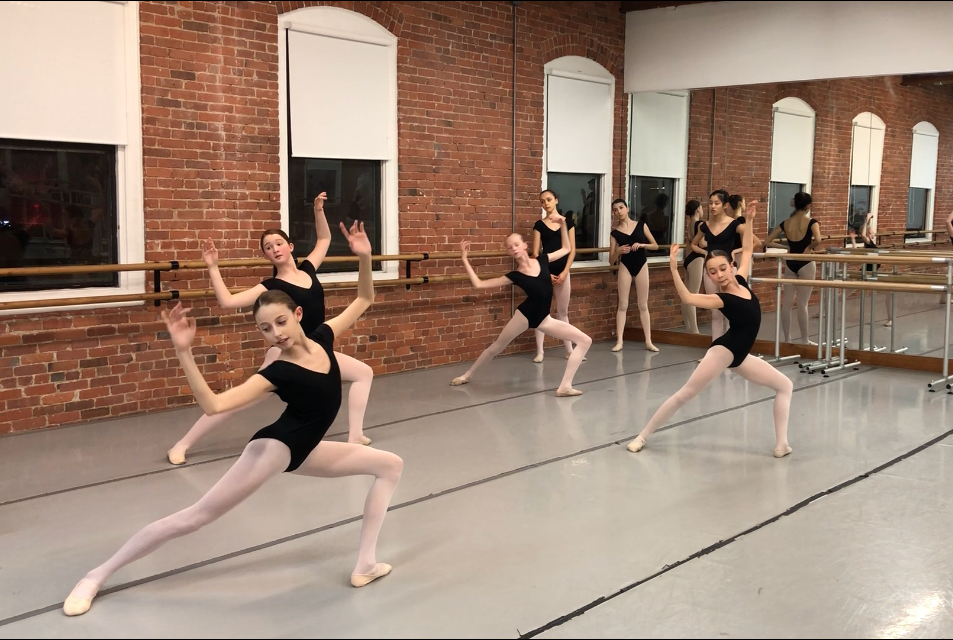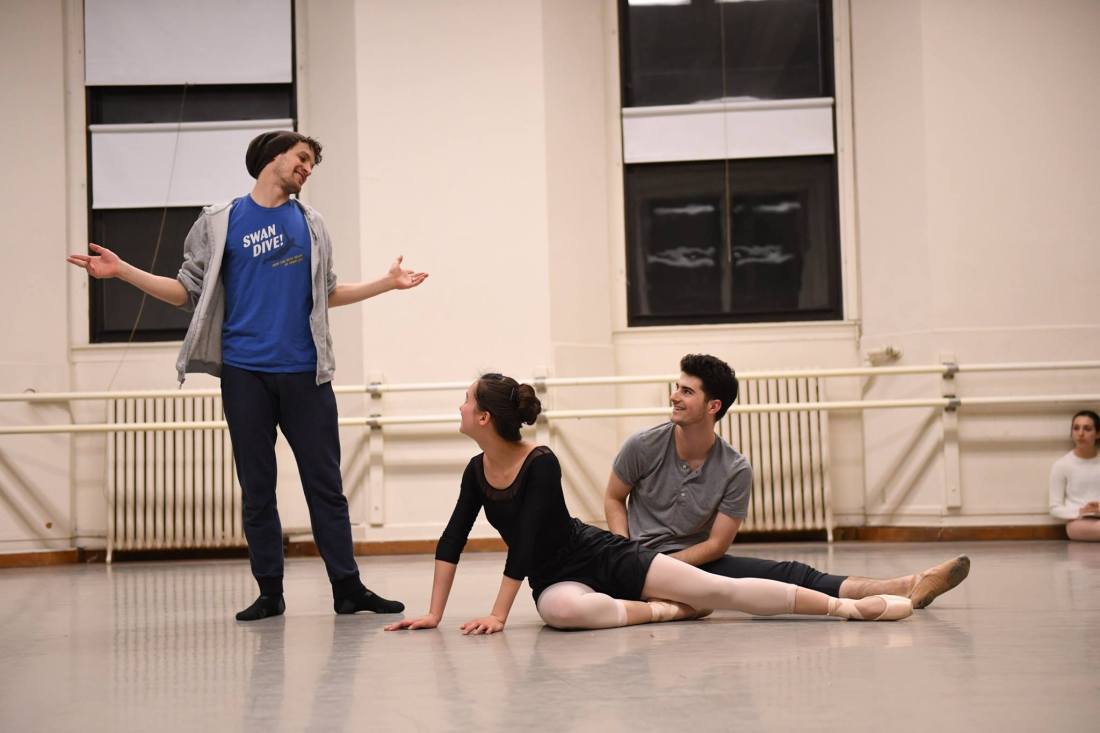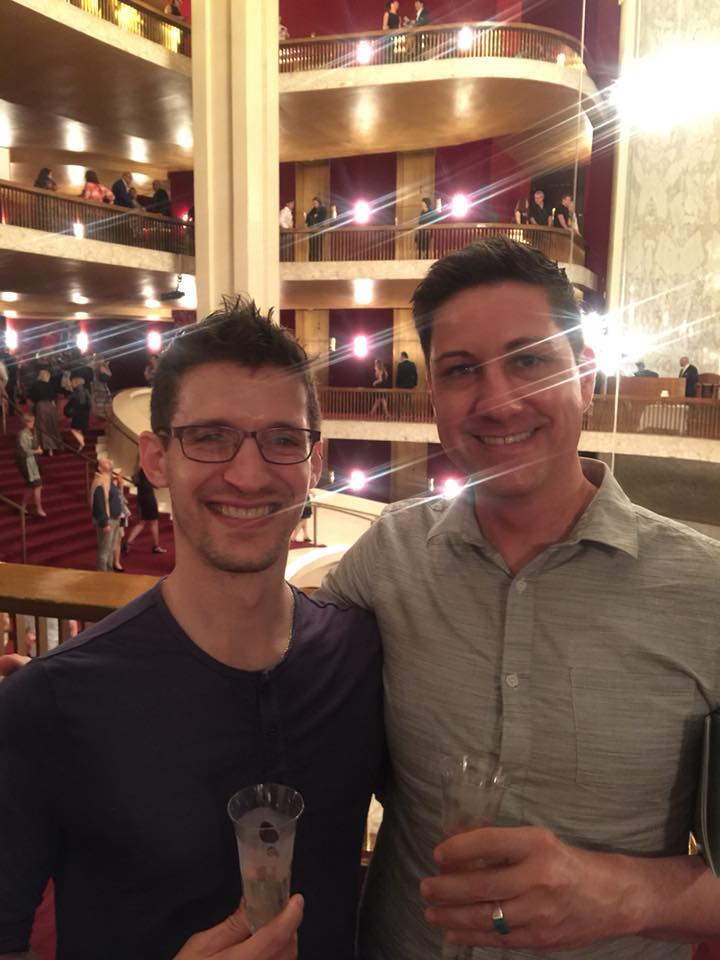
Over the past few months, I’ve been lucky to see a lot of dance in New York City. I had the privilege of seeing American Ballet Theatre in their production of Firebird/AFTERRITE last Saturday. My husband really wanted to see Misty Copeland perform (and often jokes that they are related because they are both from the Los Angeles area and his mother’s maiden name is Copeland) and I was curious to see Wayne McGregor’s interpretation of my favorite Stravinsky score. After the performance was over, I left satisfied with the evening, even though I didn’t love either of the works on the program. It’s been a few years since I left my performance career. But I find that I still experience a range of emotions that likely have something to do with the conclusion of my time onstage.
As any of you who followed my Life of a Freelance Dancer blog know, I didn’t have a straightforward retirement from the stage. I didn’t choose my end date. I wasn’t working with a company that could have asked me to retire or chosen not to renew my contract. I was dealing with a severe injury and burn out, but wasn’t convinced that my performance career would end because of this situation. It took me a few years to find my way to the other side and there was absolutely no denouement when the decision was made. Due to my odd transit offstage, I have had a unique evolution over the past few years when it comes to watching dance performances.
 During the period that I mourned the loss of my stage career, I didn’t see much live dance. My freelance career had left my finances in shambles and I was traveling a great deal for work. Most of the dance I experienced was on television. I used to drink glass after glass of wine watching So You Think You Can Dance pondering with my husband whether I should have auditioned for the show when I had been age-eligible. The next morning never made me feel as hopeful as I did on these wine drenched nights. Another dance production I was excited to watch was when PBS aired the School of American Ballet workshop back in 2014. Being an alumni of the school, I was looking forward to reminiscing about my time at this famed institution while watching ballets that I loved and had danced during my career. But a nostalgic evening quickly turned tragic as I internalized what it felt like to dance these works. I shed no tears. But by the 2nd act, I was a grumpy, morose wreck that nobody could console. Here and there, I would see a live performance, usually comped by friends in Pennsylvania Ballet or New York City Ballet. But I had trouble enjoying the art form that was every part of my being. It was just too painful for me to experience because I wanted to be onstage.
During the period that I mourned the loss of my stage career, I didn’t see much live dance. My freelance career had left my finances in shambles and I was traveling a great deal for work. Most of the dance I experienced was on television. I used to drink glass after glass of wine watching So You Think You Can Dance pondering with my husband whether I should have auditioned for the show when I had been age-eligible. The next morning never made me feel as hopeful as I did on these wine drenched nights. Another dance production I was excited to watch was when PBS aired the School of American Ballet workshop back in 2014. Being an alumni of the school, I was looking forward to reminiscing about my time at this famed institution while watching ballets that I loved and had danced during my career. But a nostalgic evening quickly turned tragic as I internalized what it felt like to dance these works. I shed no tears. But by the 2nd act, I was a grumpy, morose wreck that nobody could console. Here and there, I would see a live performance, usually comped by friends in Pennsylvania Ballet or New York City Ballet. But I had trouble enjoying the art form that was every part of my being. It was just too painful for me to experience because I wanted to be onstage.
As I got some distance from my stage days, some pain over the death of my career began to fade. It became easier to watch dance without feeling like I belonged onstage. But while I didn’t want to be up there, my inner critique became overly acute. My husband and I would watch a performance and he would often wonder if we saw them same show. He would love the show and I would have nothing positive to say about it. I spent a couple of years in this stage watching dance post-career. I was overly critical of everything I saw and was quick to compare every dancer to my peers in top-ranked American companies. It was almost like I was experiencing the anger stage of grief. To my husband, it appeared that I was unhappy with anything I saw. And while I wasn’t outraged, I couldn’t find enjoyment in the productions that once gave me life.
The next stage of watching dance in the post-mortem of my career was more romantic. When I would watch shows during this short period, I might as well have been singing the famous A Chorus Line lyrics, “Everything was Beautiful at the Ballet.” This happened during the first few months after I moved to New York once I had the time and expendable income to start watching dance regularly again. I had finally gotten to a place emotionally where I remembered what it felt like when I first fell in love with ballet. I was far enough away from the time that I wished I was still onstage and no longer felt the pain of unmet dreams and expectations that every dancer has when they finish their careers. I also started to realize that enjoying a dance performance wasn’t about tearing people down, most who were just like me. It was actually about being inspired and celebrating the achievements of people in my field.
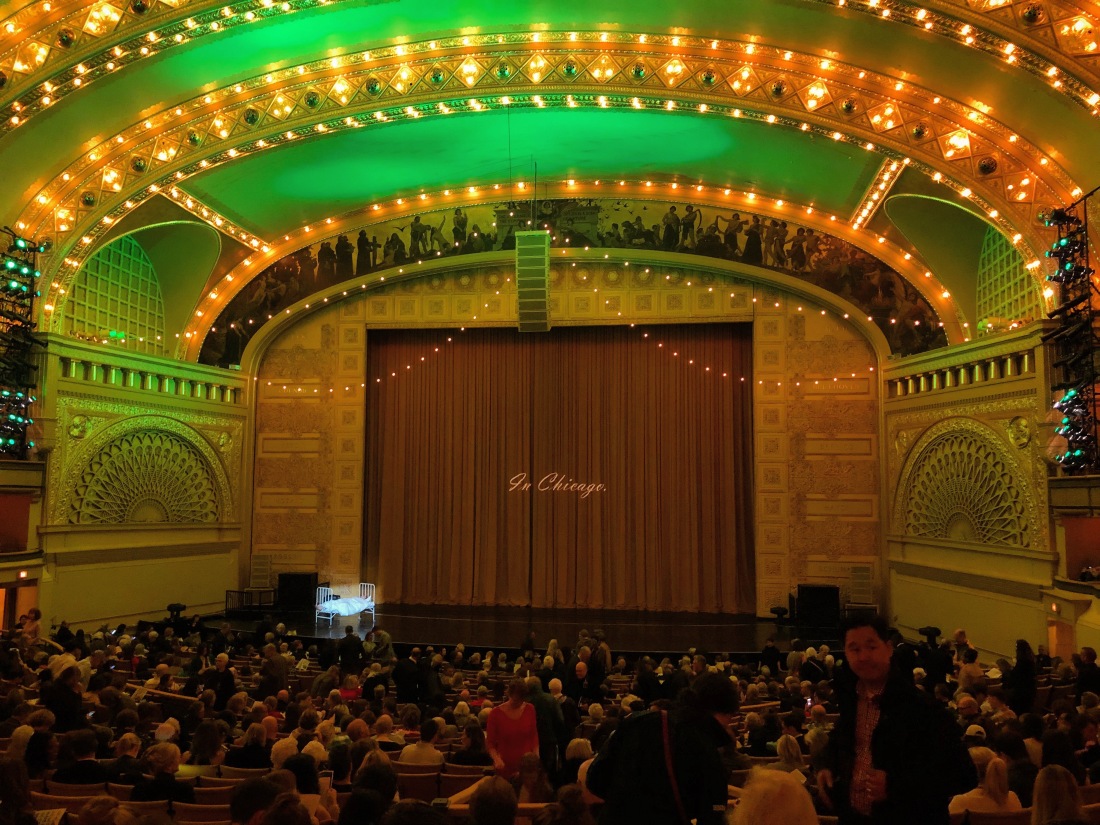
I think I’ve finally come through to the final stage of watching dance as a retired dancer. Since I am still very involved in the dance world as an educator and choreographer, I find myself happily in the middle of all of the things I mentioned above. I miss being onstage, but I don’t want to be onstage. I am still very critical of what I see. But I look at my criticism from the standpoint of assessing where a dancer is on the timeline of their career and hoping for maximum growth. I only wish the best, even if I feel they need work. And just because I am critical about a performance doesn’t mean that I didn’t enjoy it. I enjoy nearly every production that I see. In fact, I use my opinions and critiques as a tool to improve my own choreographic work and to better develop the range of students I teach.
During certain stages of viewing dance in my post-performance career, I feared that I was beginning to fall out of love with ballet. But this is just another aspect of the fact that “A dancer dies two deaths.” Standing in front of thousands of eager audience members and laying your sweat and soul on the stage is a special thing. To watch others do the same and not have that outlet anymore can test the best of us. There is light at the end of the tunnel. And I find that most former dancers walk a similar path and find their way back. Though, we are no longer the ones standing under the light, we sit eagerly in our seats as the house dims and enjoy the memories of what we once had and the talents of those who followed us.
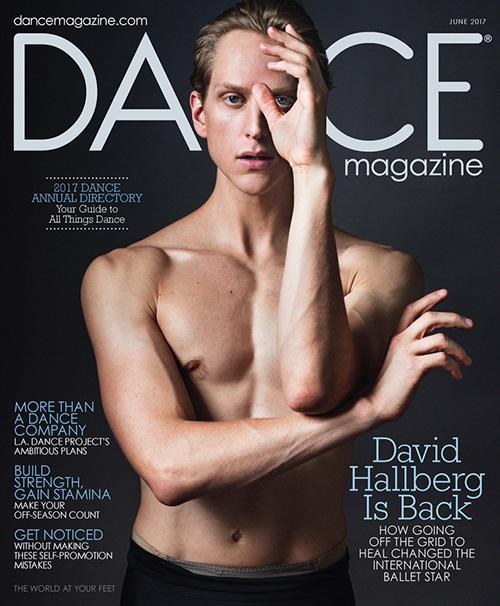 The first day that I worked with
The first day that I worked with 
